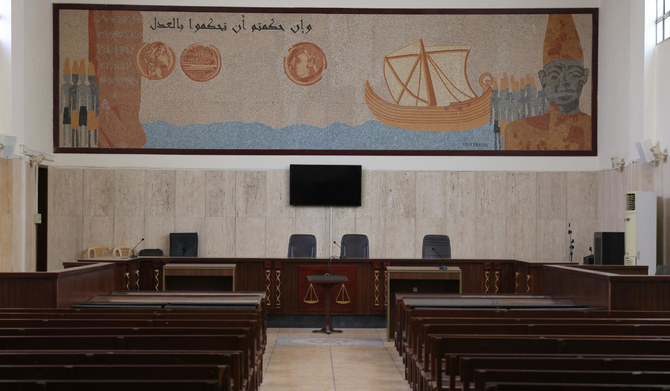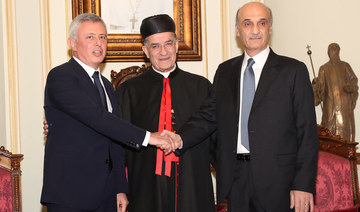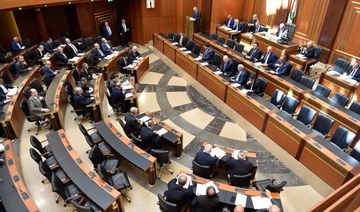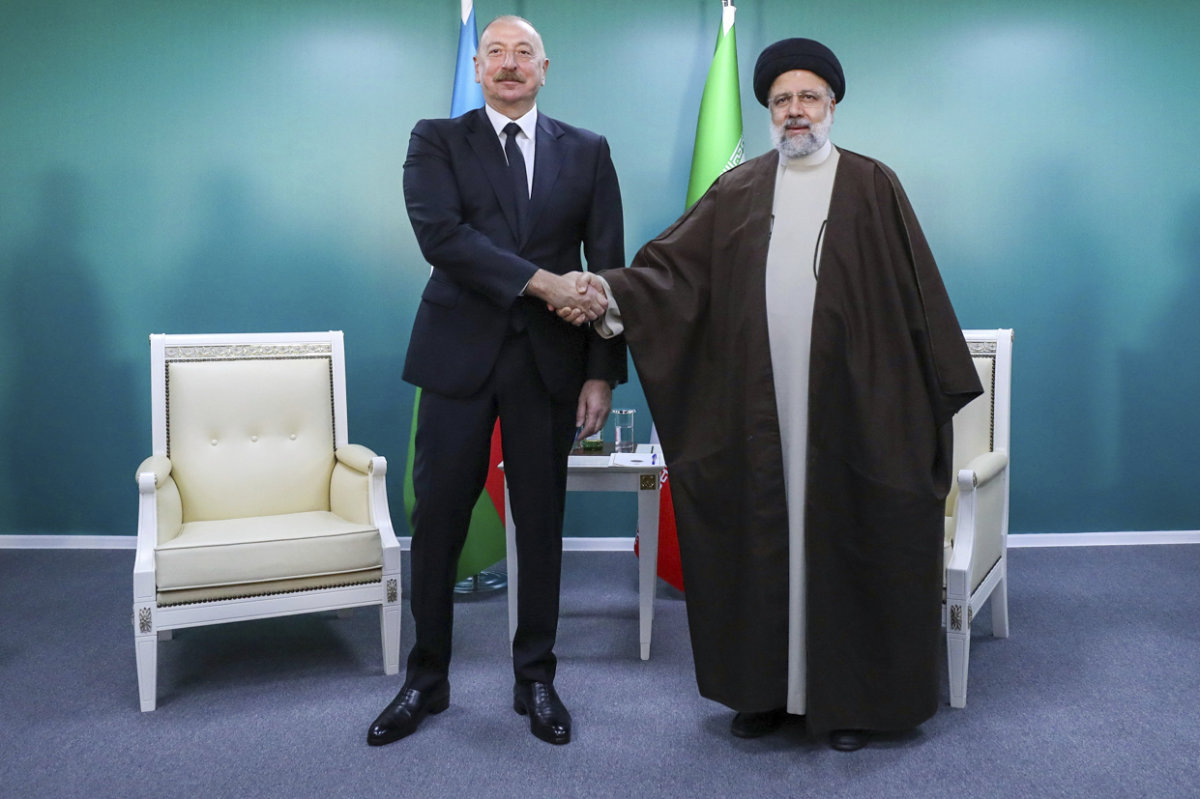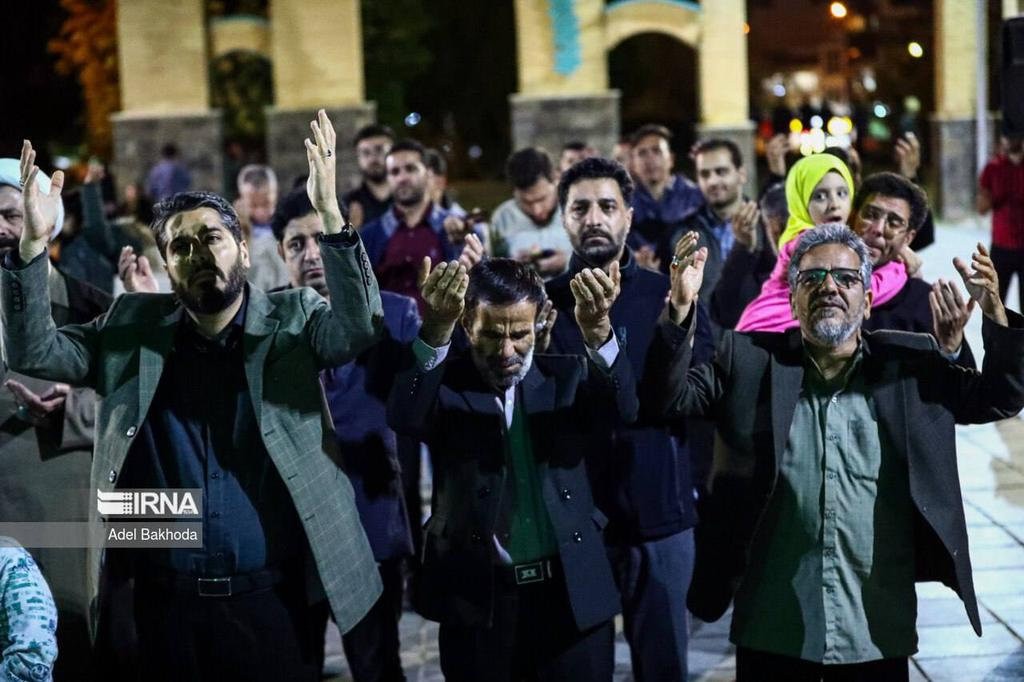BEIRUT: The Beirut Bar Association is facing a chorus of criticism over what are seen as attempts to muzzle lawyers.
The controversy deepened as Lebanese lawyer and human rights activist Nizar Saghieh appeared before the association’s council on Thursday.
Saghieh, who advocates for the independence of the judiciary, was summoned after publicly protesting a decision by the association to prevent lawyers from speaking publicly to the media without authorization.
He faces the threat of sanction, including possible disbarment.
The association also summoned two lawyers on Monday for violating the decision issued several ago.
Lawyers, opposition parties and civil society bodies have condemned the association’s measures, describing them as “an attempt to stop free expression.”
The battle for freedom inside the association has sparked growing public interest.
In parallel to Saghieh’s hearing, several lawyers, activists and journalists protested in front of the association’s headquarters, holding banners saying: “Society’s right to knowledge and justice.”
In a joint statement, Fadlo Khuri, president of the American University of Beirut, and Salim Daccache, president of Saint Joseph University, condemned “the systematic harassment of some human rights activists, journalists, academics and opinion-makers.”
They warned against “the seriousness of practices that limit the freedoms directly recognized by the Lebanese constitution.”
Khuri and Daccache said that the two universities “will spare no effort to constantly push for the flourishing of bright and free minds, by creating an environment for constructive dialogue on their campuses and between the various aspects of the society.”
They added: “This is the basis of Lebanon’s advantage in the region.”
Saghieh, founder of Legal Agenda and member of the bar association for 29 years, said before attending the hearing on Thursday that “he cannot defend social rights within his profession without resorting to the media,” adding that “today he is defending every free lawyer.”
He said: “Intimidation is the goal of today’s summons. If any action is taken against me today, it should be considered an intimidation for all lawyers.”
An online petition was also launched by activists, who expressed “deep concern over the association’s attempt to restrict the freedom of lawyers and subject it to the prior authorization of its president.”
The association’s decision “could prevent a generation of lawyers from performing their duties and defending human rights and community issues,” they added.
Activists also condemned “the summons of Saghieh, who is among the most prominent jurists in the pursuit of judicial and legal affairs.”
The bar association appears to be softening its stance in the wake of growing criticism.
On Tuesday, rather than take harsher action, it merely advised lawyers Youssef Al-Khatib and Hussein Ramadan to avoid “exposing the association’s secrets by circulating them through the media.”
Meanwhile, demonstrators in Khalde, south of Beirut, blocked roads late on Wednesday, attacked several cars and fired shots in the air in protest at rulings issued by the military court overnight concerning the 2021 clashes between armed members of Khalde’s Arab tribes and members of the Hezbollah-backed Resistance Brigades.
The clashes left four Hezbollah members dead and dozens injured.
The rulings targeted detainees from Khalde’s Arab tribes and excluded Hezbollah’s members whose participation in the clashes is documented.
Rulings included capital punishment and jail sentences.
Judge Sheikh Khaldoun Araymet, head of the Islamic Studies Center, condemned “the unjust sentences issued against young members of the Arab tribes, as they are issued directly by the Hezbollah court, and not by a free Lebanese military court.”
He said that “the Hezbollah-backed Resistance Brigades are always above the law and accountability,” adding that “this is not how countries, justice and citizenship are built.”
In a separate incident, airport customs on Wednesday detained Youssef Khalaf, a Jordanian businessman, as he was leaving Beirut for London on a private flight, after $3.5 million was found in his luggage.
A judicial source told Arab News that Khalaf, who was referred to the Financial State Prosecutor Judge Ali Ibrahim, was released.
However, he was banned from traveling and remains under investigation over the money, which he failed to declare.



